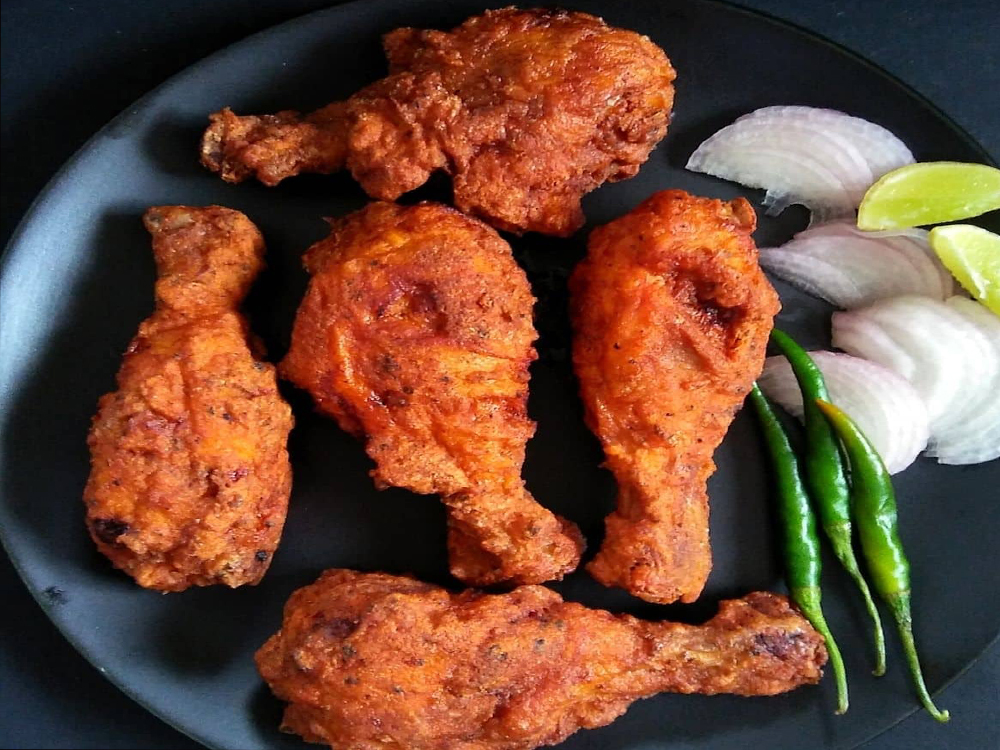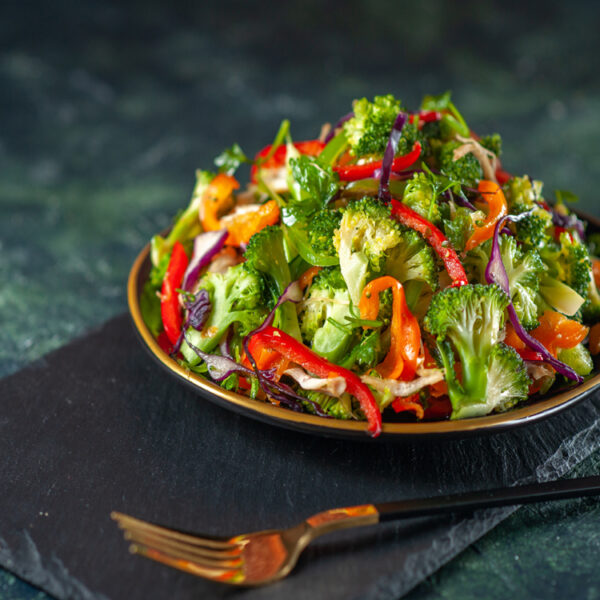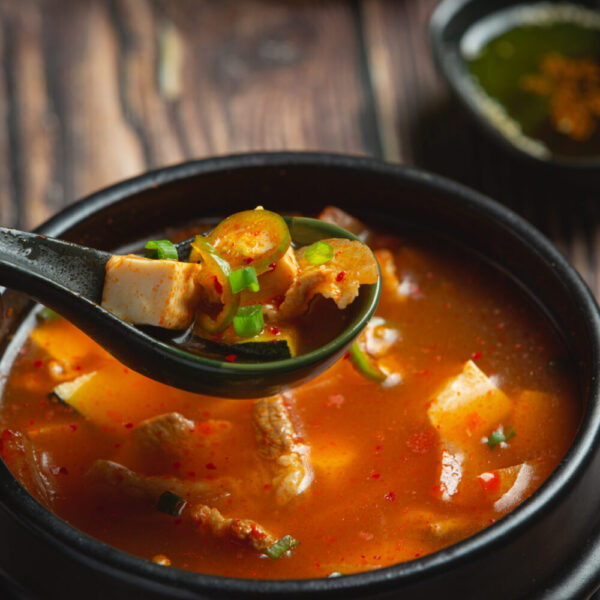Description
The nutritional value of chicken fry can vary depending on several factors such as the cut of chicken used, the amount of coating and oil used, and the cooking method. As a result, it’s challenging to provide precise nutritional values without knowing the specific recipe and quantities used. However, here is a general overview of the nutritional components typically found in chicken fry:
- Calories: The calorie content of chicken fry can vary based on the portion size, the cut of chicken used, and the amount of oil absorbed during frying. On average, a serving of chicken fry can provide approximately 200-400 calories, but this can vary significantly.
- Protein: Chicken is a good source of protein, and chicken fry can contribute to your protein intake. The amount of protein will depend on the cut of chicken used and the portion size. On average, a serving of chicken fry can provide around 20-30 grams of protein, but this can vary based on the specific recipe.
- Fat: The fat content of chicken fry can vary depending on factors such as the cooking method, the amount of oil used for frying, and whether the chicken is cooked with or without the skin. Deep-frying chicken can result in higher fat content compared to other cooking methods. On average, a serving of chicken fry can contain around 10-20 grams of fat, but this can vary based on the specific recipe.
- Carbohydrates: The carbohydrate content of chicken fry is typically low since chicken itself is not a significant source of carbohydrates. However, if a coating is used, it may contribute to the carbohydrate content. On average, a serving of chicken fry may provide around 10-15 grams of carbohydrates, but this can vary based on the specific recipe and coating used.
- Sodium: The sodium content in chicken fry can vary depending on the seasoning used in the coating, as well as any additional salt or sauces added during preparation. Processed seasonings or pre-packaged coatings may contain higher levels of sodium. The specific amount of sodium can vary widely and is best determined by checking the nutrition label of any pre-packaged ingredients or seasonings used.
It’s important to note that these values are general estimates and can vary based on the specific recipe, cooking techniques, and portion sizes. The nutritional composition of chicken fry can also be influenced by factors such as the amount of oil absorbed during frying and any additional sauces or condiments used. If you have concerns about the nutritional content of a specific chicken fry recipe, it’s best to refer to a trusted recipe source or consult with a nutritionist or dietitian for more precise information.






Reviews
There are no reviews yet.